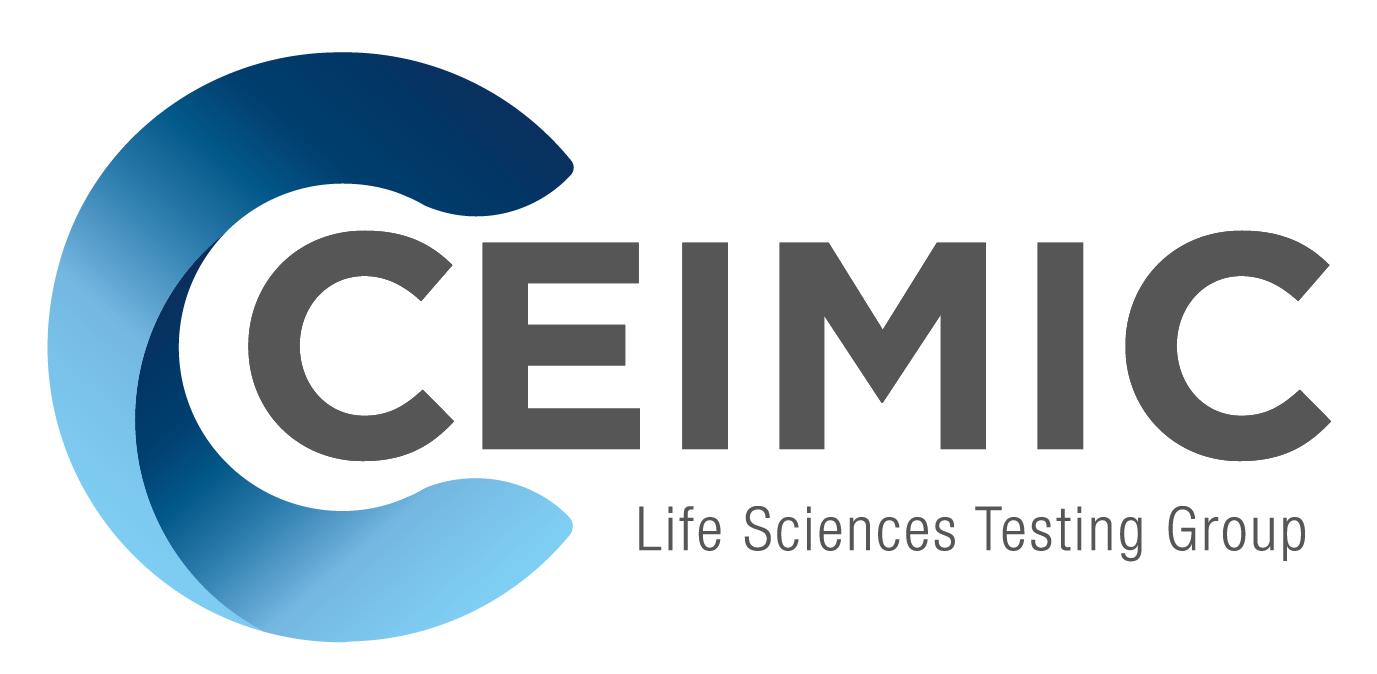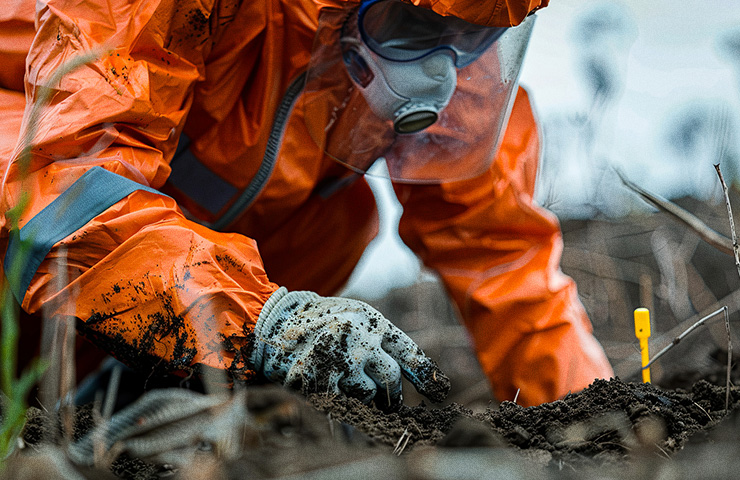Cetesb changed the way in which studies related to the management of contaminated areas in the state of São Paulo must be presented to the environmental agency, understand.
The Environmental Company of the State of São Paulo (CETESB) recently published Board Decision No. 056/2024/E, bringing important changes to the management of contaminated areas.
The standard, based on previous legislation, such as State Law No. 13,577/2009 and state decrees No. 59,263/2013 and 62.973/2017 , proposes grouping the management stages into blocks, organizing the process of requesting technical opinions more efficiently.
Understanding contaminated land management
The management of contaminated areas is essential for identifying and mitigating risks to public health and the environment.
Areas where potentially contaminating activities are carried out, such as industries and gas stations, are subject to rigorous assessment and intervention procedures, ensuring that the land is properly monitored and treated before new uses or rehabilitation.
DD 056/2024 establishes a division into three blocks of the stages of management of contaminated areas, aiming to facilitate the monitoring and approval of technical reports by CETESB.
Block grouping: organized steps for greater efficiency
The main new feature of DD 056/2024 is the grouping into blocks of the stages of management of contaminated areas, divided as follows:
Block 1 – identification:
Includes preliminary assessment and confirmatory investigation. These steps focus on the initial detection of contamination or its potential. If the results indicate that there is no suspicion of contamination, the process can be terminated.
Block 2 – diagnosis:
It includes detailed investigation, risk assessment and preparation of the Intervention Plan. Here, the analysis is in-depth, aiming to understand the extent of contamination and determine the necessary measures for mitigation or remediation.
Block 3 – intervention:
Focused on executing the intervention plan and monitoring for closure. This stage involves implementing the necessary corrective actions and continuously monitoring the area until it is safe for use or rehabilitated.
This new grouping model aims to streamline the analysis process by CETESB, allowing all steps in a block to be completed before the technical reports are submitted. This ensures a more organized flow and reduces data fragmentation.
New procedures for technical opinions
The technical opinions issued by CETESB are essential to validate the completed steps and ensure that all standards and regulations are being followed correctly. The following stand out:
- Technical Opinion on Preliminary Assessment and Confirmatory Investigation
- Technical Opinion on Intervention Plan
- Technical Opinion for Reuse of Contaminated Areas
The approval of these steps by CETESB is crucial for the continuity of the rehabilitation process and eventual reuse of contaminated areas.
Impacts on the rehabilitation process of contaminated areas
The standard also provides clear guidelines for areas that will be reused or rehabilitated. In cases of contaminated areas under investigation or in the monitoring process, rehabilitation depends on an Intervention Plan approved by CETESB, ensuring that risks to health and the environment are mitigated.
CEIMIC, which works directly in the area of environmental management and offers solutions in environmental analysis, must closely monitor these updates to ensure its customers’ compliance with the new requirements.
CEIMIC’s role in implementing the new Standard
With over 20 years of experience in the environmental sector, CEIMIC is prepared to help companies navigate the new CETESB requirements.
The expertise in monitoring contaminated areas and the ability to offer accurate laboratory analyses place CEIMIC in a privileged position to assist companies in adapting to the new guidelines.

